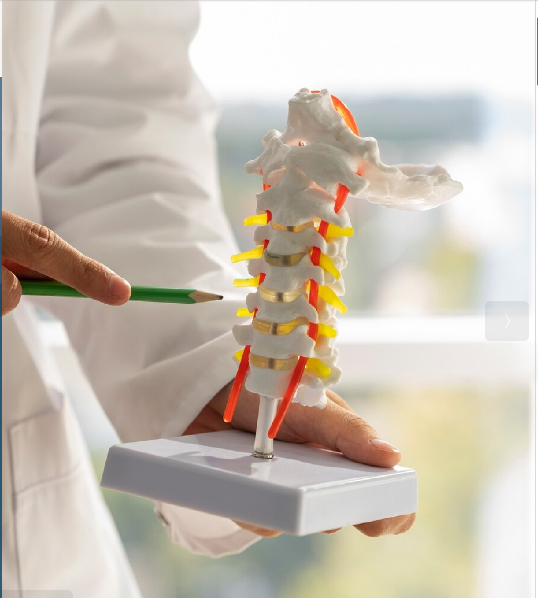
Heart disease is often thought of as a “man’s disease,” but in the United States it’s the leading cause of death for women. However, women often experience different symptoms than men do, and these signs can be subtle and easily dismissed.
Recognizing the early warning signs of heart disease in women is essential for timely diagnosis and treatment, improving outcomes, and saving lives.
Why Heart Disease Symptoms Differ in Women
Several factors contribute to the differences in heart disease symptoms between men and women.
- Hormonal Differences:Estrogen, which is more prevalent in women, can have protective effects on the heart. However, after menopause, estrogen levels decline, increasing the risk of heart disease.
- Smaller Blood Vessels:Women generally have smaller blood vessels than men do, making them more susceptible to blockages and less likely to experience classic chest pain.
- Different Disease Patterns:Women are more likely to experience microvascular disease that affects the smaller arteries of the heart, while men are more prone to blockages in the larger arteries.
1. Unusual Fatigue
One of the most common early signs of heart disease in women is unusual fatigue, even after minimal exertion. This fatigue can be described as feeling overwhelmingly tired, weak, or unable to complete daily activities. It’s essential to distinguish this type of fatigue from normal tiredness, as it often occurs without an obvious cause and doesn’t improve with rest.
2. Sleep Disturbances

Sleep problems, such as insomnia, sleep apnea, or restless sleep, can be linked to heart disease in women. Sleep apnea, in particular, is a significant risk factor for cardiovascular problems. If you’re experiencing consistent sleep disturbances, it’s important to discuss this with your doctor to rule out any underlying heart-related causes.
3. Shortness of Breath
Shortness of breath, especially during physical activity or when lying down, can be a sign of heart problems. While it’s a common symptom of many conditions, it should not be ignored, especially if it’s new or worsening. Shortness of breath can indicate that your heart isn’t pumping blood efficiently, leading to decreased oxygen supply to your body.
4. Indigestion, Nausea, or Vomiting
Many women experiencing a heart attack report feeling indigestion, nausea, or even vomiting. These symptoms can be mistaken for a stomach bug or acid reflux, but it’s important to seek medical attention, especially if you have other prevalent risk factors for heart disease.
5. Back, Jaw, or Neck Pain
Women are more likely than men are to experience pain in areas other than the chest during a heart attack. Back, jaw, or neck pain can be a sign that your heart isn’t getting enough blood flow. This pain may be constant or intermittent, and it may worsen with physical activity.
6. Anxiety and Dizziness
Feelings of anxiety, dizziness, or lightheadedness can also be associated with heart disease in women. These symptoms can occur due to decreased blood flow to the brain or an irregular heartbeat. If you experience these feelings without an apparent cause, it’s important to talk to your doctor.
Your Heart Health Matters
Early detection of heart disease in women is essential for effective treatment and prevention of complications.
If you’re experiencing any of the symptoms mentioned in this blog, or if you have any concerns about your heart health, don’t hesitate to consult with a healthcare professional.
At Houston Physicians’ Hospital, our team of cardiologists at the Heart and Vascular Center of Excellence is dedicated to providing comprehensive cardiac care, including diagnostic tests, treatment plans, and preventive strategies tailored to women’s unique needs.
Find a doctor who’s right for you.
Our doctors also specialize in neck pain treatment, physical therapy, hip replacement, and Upper back pain treatments near NASA ,TX.









